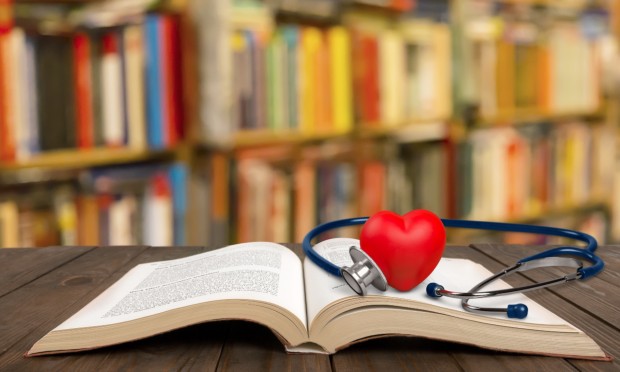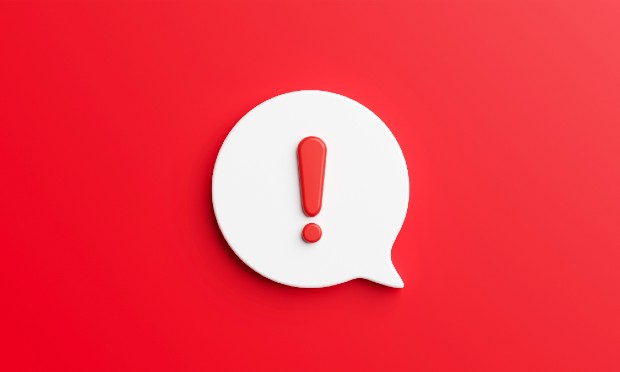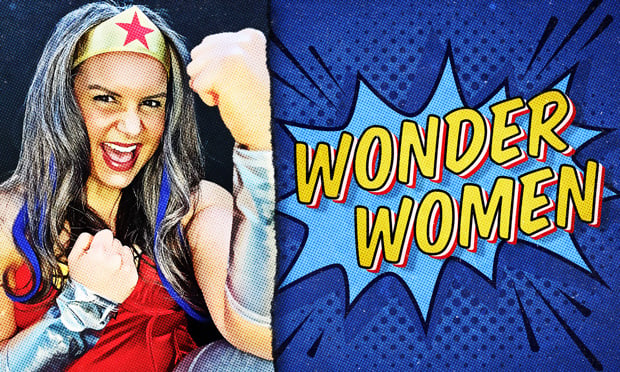
The U.S. Department of Health and Human Services defines personal health literacy as "the degree to which individuals have the capacity to obtain, process and understand basic health information services needed to make appropriate health decisions."
With the wealth of knowledge available today, you might expect that technology has made it easier for people to understand their health information. Surprisingly, this isn't the case. Health information often contains complex medical terms, and if you have low health literacy, technology cannot always help simplify this language effectively. Moreover, some people may lack the digital skills to use health-related technology on mobile apps and online portals. Sadly, nearly 9 out of 10 adults have difficulty understanding and using personal and public health information. It's worth noting that this isn't caused simply by a digital divide – 71% of adults age 60+ have difficulty using print materials, and 80% have difficulty using documents such as forms and charts.
Continue Reading for Free
Register and gain access to:
- Breaking benefits news and analysis, on-site and via our newsletters and custom alerts
- Educational webcasts, white papers, and ebooks from industry thought leaders
- Critical converage of the property casualty insurance and financial advisory markets on our other ALM sites, PropertyCasualty360 and ThinkAdvisor
Already have an account? Sign In Now
© 2024 ALM Global, LLC, All Rights Reserved. Request academic re-use from www.copyright.com. All other uses, submit a request to [email protected]. For more information visit Asset & Logo Licensing.








